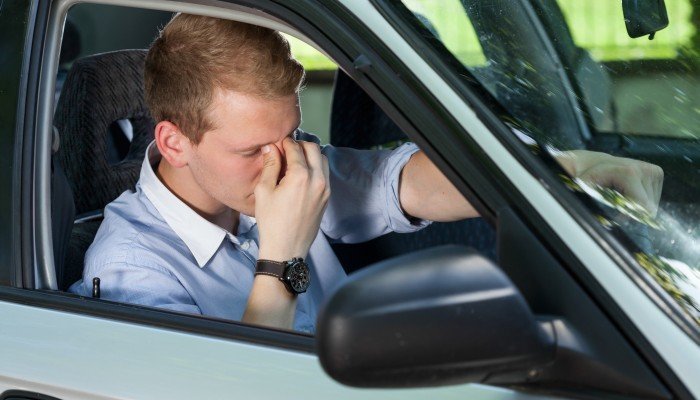
Falling Asleep at the Wheel: How Technology Can Help
Most drivers have experienced feeling drowsy behind the wheel at some point. Generally due to a lack of sleep, this drowsiness can be exacerbated by sitting in a hot car and staring at the monotonous road ahead for long periods. Thankfully, the majority of drivers take action when they feel themselves drifting towards sleep, or when their reactions appear to be impaired by drowsiness. A minority, however, do not – sometimes with dire consequences.
Falling Asleep at the Wheel - Key Facts
- 20 per cent of accidents on major roads are connected to driver fatigue
- Death, injury and damage is more likely because the driver cannot take evasive action
- 2-4pm and midnight-6am are key danger periods
Accidents in which falling asleep at the wheel was a factor tend to be more serious than others because the driver cannot take evasive action. But a driver doesn't have to completely fall asleep at the wheel for an accident to occur; a lack of sleep can also impair reaction times – increasing the likelihood of a crash.
According to the UK Government's website research suggests that nearly one in five accidents on major roads are related to sleep deprivation. Those who drive commercial vehicles and men under 30 are especially likely to fall asleep at the wheel. Modern lifestyles can also contribute to feeling sleepy: early starts, shift work and late-night socialising can all have an effect.
Our built-in body clocks can also be a factor in feeling sleepy at the wheel. We tend to feel tired after lunch and, of course, at night-time.
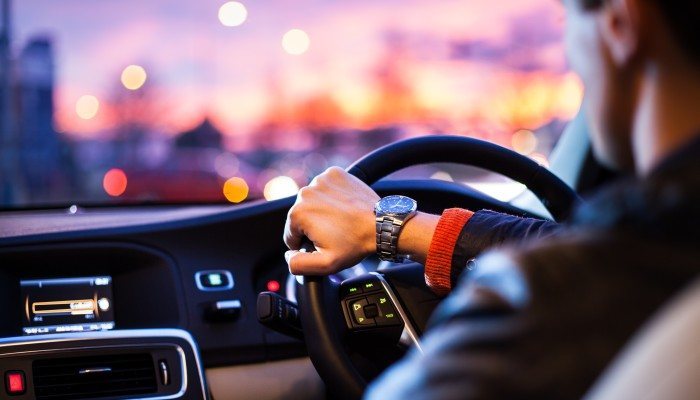
Technology - Helping or Hindering?
In some ways modern technology could be making driver fatigue worse. As Dr Holden of the Institute of Advanced Motorists (IAM) Council was quoted as saying in a British Snoring article:
"It is an increasing problem because we travel in quieter and smoother cars, we try to cover greater distances, our eyes may be very tired from focusing on a computer screen all day long and increasingly we use aids such as cruise control that give us less to do at the wheel. While it’s true that a comfortable drive is less stressful, you actually need a minimum of stress to keep you awake."
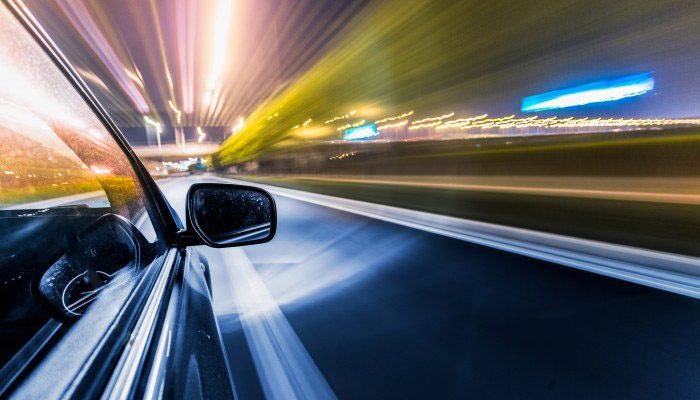
Lane Departure Warnings
Always-keen to make their cars safer, automotive firms have developed a range of technologies to help keep drivers alert behind the wheel – with a particular focus on unintended lane departures.
Lane Departure Warnings (LDWs) can take a variety of forms, but usually harnesses a camera that monitors lane markings, which is in most cases hooked up to one of the following Human Machine Interfaces (HMIs):
- Steering Wheel Torque – communicates to the driver the appropriate steering wheel angle in order to return to lane.
- Rumble Strip Sound – a rumbling noise emitted when the vehicle departs from a lane unexpectedly.
- Steering Wheel Vibration – a steering wheel vibration that occurs when the vehicle departs from a lane unexpectedly.
- Head Up Display (HUD) – a light projected from the dash onto the windscreen when a lane departure takes place unexpectedly.
- Seat Vibration – a seat vibration that occurs when a lane departure takes place unexpectedly.
- Beeping Sound – beeping emitted when a lane departure takes place unexpectedly.
According to an American study or 32 drivers from 2006 by the Human Factors and Ergonomics Society 50th Annual Meeting which analysed Steering Wheel Torque, Rumble Strip Sound, Steering Wheel Vibration, Head Up Display (HUD), the combination of Steering Wheel Torque and Steering Wheel Vibration was the most effective at improving driver response times.
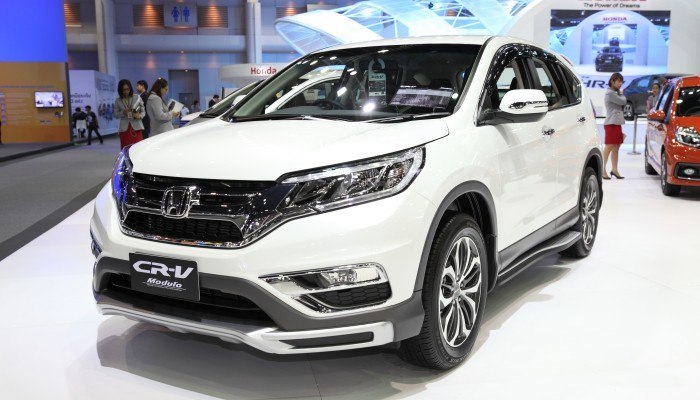
Honda CR-V (bankerwin/Bigstock.com)
Lane Departure Warning Systems - Background
For over 20 years the world's leading automotive firms have been developing lane keeping technologies, starting with Mitsubishi and its camera-assisted lane-keeping support system in 1992. Audi, General Motors, Mercedes Benz and Kia Motors are among the other car companies to have developed sophisticated lane-keeping systems, although a camera monitoring system like Mitsubishi’s is common to them all.
More recent methods of alerting a driver to an unexpected lane departure include: a beeping sound (as with Honda’s LDW) and vibrating seats (as with some Cadillac and GM models). Some systems only work at higher speeds (as with some Acuras), while others work from 0 mph upwards (as with the Mercedes LDW system).
Accuracy of LDWs can depend on weather, speed and road condition.
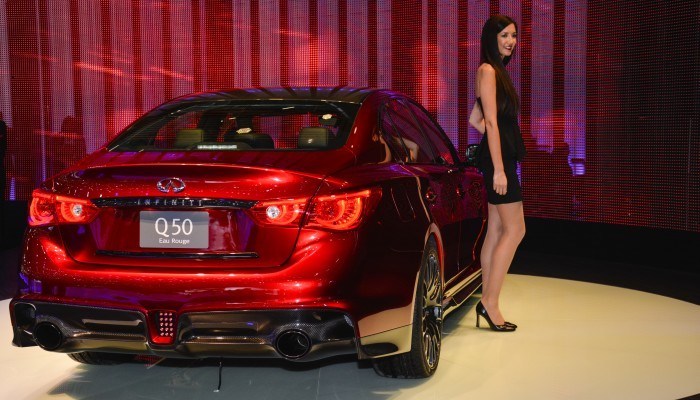
Infinity Q50 (edaldridge/Bigstock.com)
LDWs that Permit Unassisted Driving
Some modern LDWs move into the realm of the autonomous car, since to some degree they take control from the driver. Under certain conditions, the Infiniti Q50 delivers its autonomous predictive accident avoidance and lane keeping systems, among others. Models from Mercedes, Tesla and Volkswagen also have systems that deliver semi-autonomous features – relating to such tasks as lane-keeping, steering and parking.
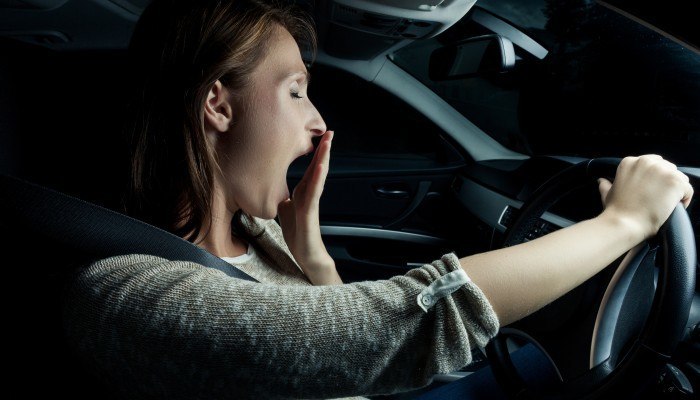
Monitoring Fatigue on the Face
Technologies have also been developed that monitor a driver's face with a camera for signs of fatigue. Optalert is one such system. The world's biggest mining equipment maker, Caterpillar, has also been working on eye-and-face tracking technology that detects signs of fatigue.

Practical Solutions to Driver Fatigue
While Lane Departure Warnings and other systems are increasingly common in modern cars, there is a long way to go before technology can fully combat driver fatigue.
Until such a time, old-world approaches must be relied on to keep us from falling asleep at the wheel.
Drivers should:
- Ensure they get enough sleep before driving
- Take a break every two hours, or every 100 miles
- Avoid travelling alone for long distance trips (a companion can help keep the driver awake)
- Avoid alcohol or medicines that have drowsy side-effects
If a driver does feel tired they should:
- Stop and rest at a suitable place
- Stop in a rest area and take a nap
- Open a window if they feel even slightly tired
- Consume caffeinated drink and sit up straight in order to stay alert
- Opening a window and drinking caffeine are only temporary remedies. The only real way to combat drowsiness is to get some quality rest.




